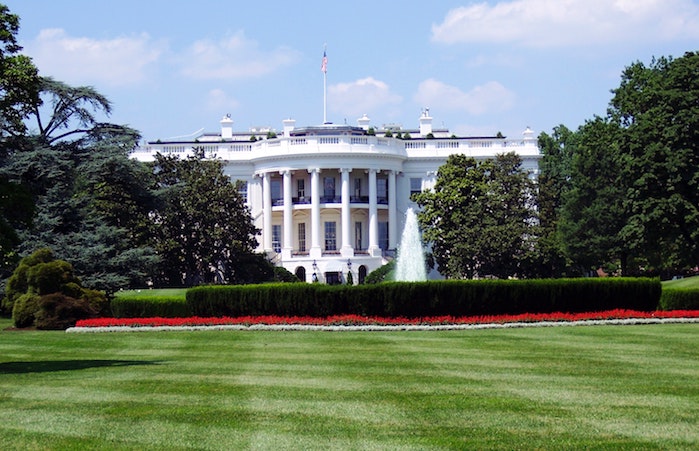Big changes so often start with little gains. Legal cannabis may have obtained an important federal foothold — albeit small — at the end of 2018.
This progress was contained in the last page of a bill that spanned 1,006 pages. The Agriculture Improvement Act of 2018 was signed into law by President Trump on Dec. 20, 2018. Bipartisan support easily passed the bill through Congress, and the truth is that the law alters very little about America’s farming and nutritional policies.
One small change did stand out, though — particularly in the eyes of cannabis entrepreneurs. Language at the end of the law alters the Controlled Substances Act of 1970. This is the first time that Washington D.C. has adjusted that oft-referenced act regarding its treatment of cannabis. Specifically, what the federal government approved last December legalized hemp production and defined it as any any C. Sativa plant with a THC level under 0.3%.
In the past, all cannabis strains were illegal, regardless of THC levels. Now, a certain type has become lawful under the U.S. government. A seedling for broader change in years ahead, perhaps.
This low level of THC means that the legislation obviously does not permit recreational cannabis, or anything close. The THC potency of most legal pot is around 18-20%. Nonetheless, this does federally permit the cultivation of lower-THC strains for the first time since the 1970s, and with the greatest level of federal acknowledgement since WWII-era hemp production.
This will help support and expand the portion of the hemp business that produces the plant for use in rope, canvas, and other industrial elements.
More importantly for the legal cannabis movement, this should also permit the broader, federally recognized production of CBD. Unlike its fellow cannabinoid THC, CBD is non-psychotropic and will not get users “high.” But it does help relax and soothe people, and is a sleep aid, similar to the later effects of THC after the “high” has come down. CBD falls under the new hemp law.
CBD is already legalized in various forms in all states except for South Dakota, Idaho and Nebraska. Accordingly, companies already offer the cannabinoid as a wellness drug in many ways, from candies to crackers, pills to ointments, and a myriad other delivery methods. In the past these products had come out under state laws. Now they are recognized as legal under the federal government, albeit with the strict regulations you would expect from Washington D.C.
This also opens the door for greater research and trials into CBD and its medicinal uses. Part of the problem with federally legalizing cannabis is that there are not enough completed trials to prove that cannabis is not as harmful as its opponents might believe. Meanwhile, researchers cannot easily obtain cannabis because the drug is federally illegal. It’s a Catch-22 situation. (One which the national legalization in Canada should also help remedy with time.)
CBD is already a billion-dollar market. This legislation will help grow that industry further. That alone is good news for the legal cannabis movement, as it means more dollars funneling into the marijuana industry. But the top takeaway here is that for the first time in many decades, the U.S. government has ruled that a certain kind of cannabis — albeit low in THC — is legal.
How’s that for precedent?
Kyle Swartz is editor of Beverage Dynamics and Cannabis Regulator. Reach him at kswartz@epgmediallc.com or on Twitter @kswartzz or Instagram @cheers_magazine. Read his recent piece The Next 4 States to Legalize Cannabis.





[…] this week received a license from New York State to process and produce hemp. This comes after the late-2018 federal passage of a major farm bill that allowed production of low-THC cannabis (under 0.3%.). This law […]